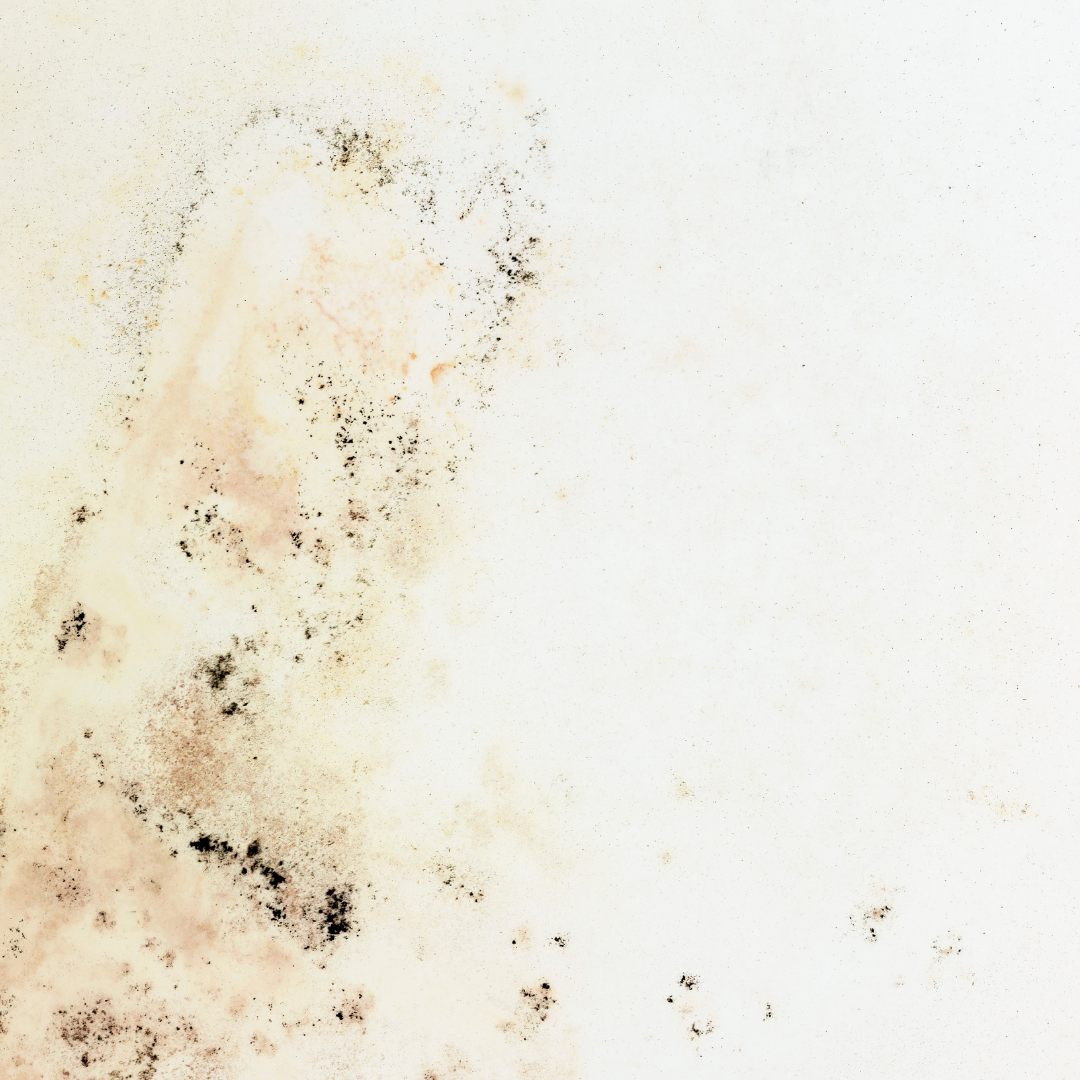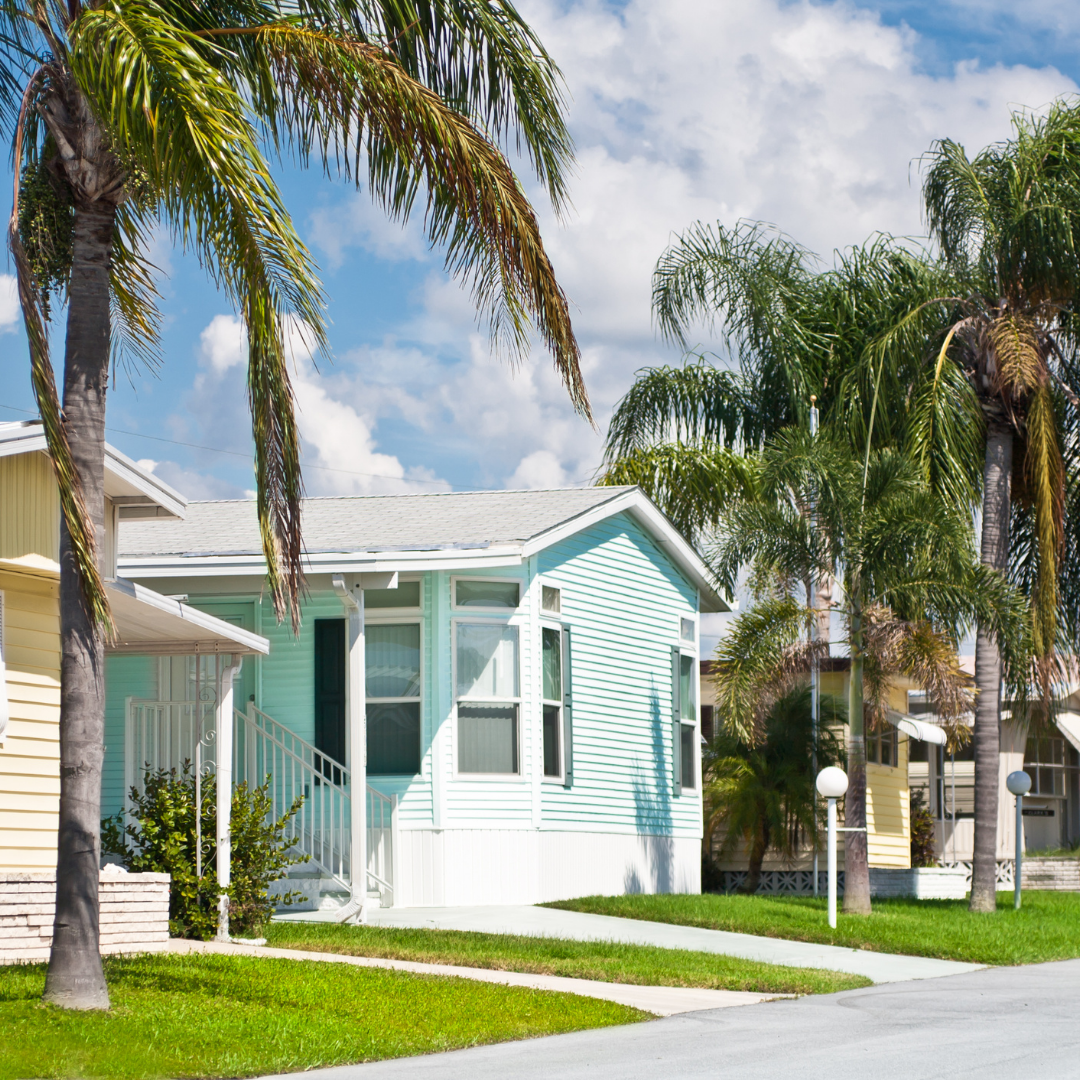How To Prevent Damp Walls And Seepage During The Rainy Season?
Damp walls or seepage is one of the common problems which every homeowner faces. It usually occurs during the monsoon when the moisture seeps through the exterior walls and causes patches in the house’s interior walls.
Overlooking seepage can lead to the growth of fungus and molds, disrupting the overall look of the house. These patches remain long after the monsoon season is over in most cases. Therefore, you must consider tackling this problem as soon as possible as damp walls are not a good omen.
With that said, let’s discuss some of the effective ways to get rid of damp walls and prevent your home from looking dull and untidy.
Identify The Causes Of Dampness
The very first step towards fixing the dampness issue is to find it. Check all the rooms, walls, ceilings, under the shelves, and walls from the outside to identify the mineral deposits or flaking paint.
Suppose the seepage occurred due to the block drain pipes. In that case, consider calling a plumber who specialises in clogged drain pipes. The professionals may use a hydro-jet for sending pressured water through pipes to break down the drain build-up.
Know that a hydro jet is an effective tool for fixing clogging and cleaning drains.
Proper Ventilation Is The Key
During the monsoon, consider ventilating your home by opening windows and letting the fresh air circulate inside. Proper air circulation will prevent the infestation of fungus and molds on the walls and other areas of your home.
Proper air ventilation may keep humidity levels in check and dampness at bay. For that reason, consider installing exhaust fans to ensure adequate ventilation.
Use Vinegar
Research states that vinegar can kill more than 82% of mold species. This is one of the natural and DIY techniques to get rid of damp walls. Pour the vinegar into a spray bottle and spray it on the area with molds. Leave it for an hour for vinegar to absorb the mildew.
After an hour, clean the area with hot water and wipe dry. You can also use vinegar with a combination of baking soda to improve its effectiveness.
Put Humidity Absorbing Indoor Plants
Using plants is the most natural and beautiful way to get rid of moisture in your home.
Therefore, it is wise to include humidity-absorbing plants that promise a healthy life and comfort in your home decor. Some of the standard options include:
- Peace lily
- Boston-fern
- Palms
- Orchids
- Spider plant
- Cactus
These plants won’t only reduce humidity but also improve indoor air quality.
Fill The Wall Cracks
Wall cracks enable cracks to cause wreak- havoc on the structure of the house, making room for damp patches.
To fill those cracks, you can use mortar- a dense and waterproof material. All you’ve to do is put some white cement on the cracked areas. By doing so, you’ll be able to prevent the paint from chipping during the rainy season.
The Bottom Line
To enhance the longevity of your apartment, it is crucial to pay close attention to the causes of damp walls and know the ways to fix them. It is crucial to identify the issues that cause seepage for separate addressing. For instance, the maxims of treating your bathroom leakage may not work well to improve the exterior walls or floors. Therefore, it is wise to identify the causes before the damage.
Prevention is better than a cure, after all.



